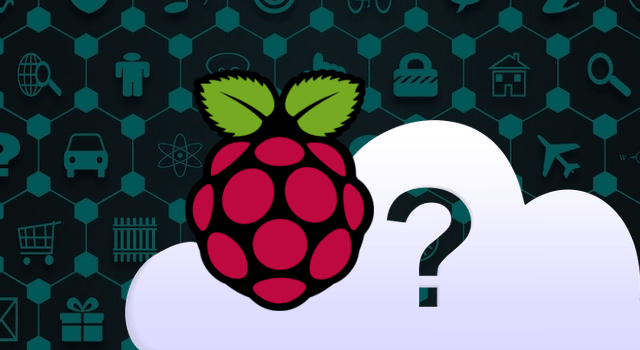Other than electronic sensors then we can also connect output components such as motors and lights.
We can use programs or applications on the Raspberry Pi to switch on and off these electronic components. This program could be the web page that I explained in the section above.
In this case then, we would be manually intervening with the functionality.
This is great if that’s what we are trying to achieve, but what if we wanted to control these motors, lights and other components automatically?
Well we could use the data that we collected from the sensors, along with a program that will use this data to then drive the output components.
Let me give you an example:
